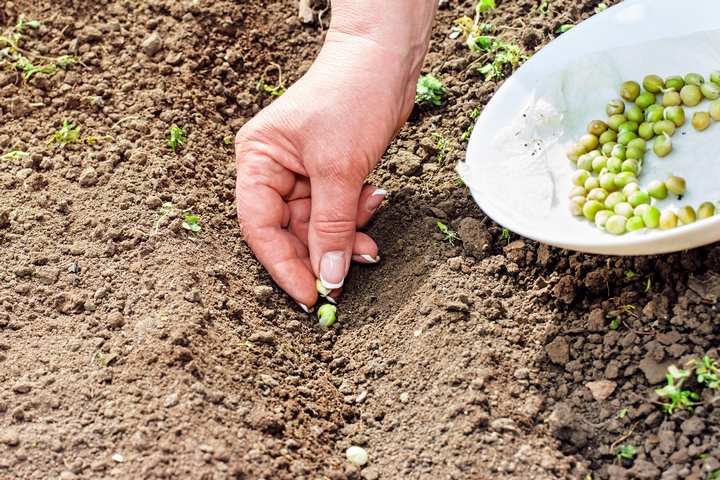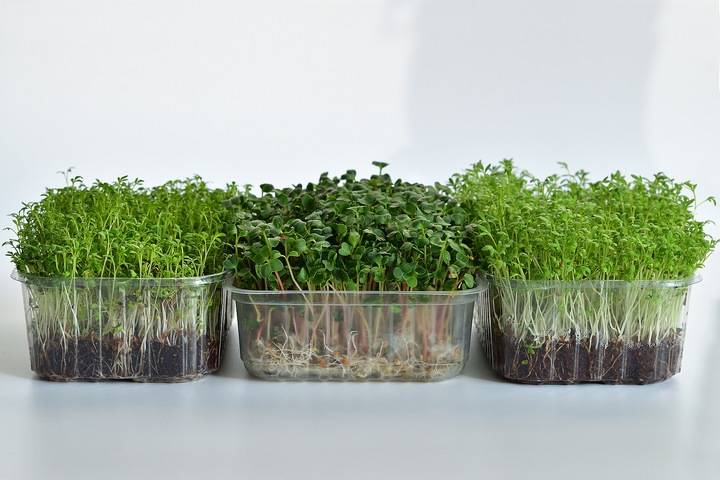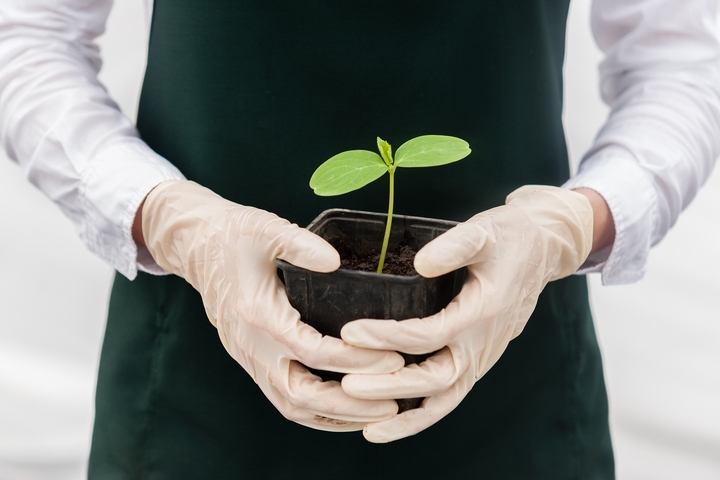Whether you are an experienced gardener or just starting, you can successfully grow cannabis with the proper techniques and tools. Growing your cannabis can be enjoyable and turn a challenge into a satisfying hobby.
If you live in an apartment, you must think about space, light, and neighbours. Don’t let this discourage you! With some careful planning, you can create a successful indoor garden.
Growing cannabis in your apartment can be a rewarding experience. Here are some tips for growing cannabis in flats.
Choose the Right Strain
Picking the right cannabis strain is crucial for success. Some strains are better suited for small spaces. Indica strains typically grow shorter and bushier, making them ideal for apartments. Sativa strains grow tall and may not fit well in small areas. Look for strains explicitly bred for indoor growth to help your plants thrive.
Also, check the strain’s flowering time. Some varieties grow faster than others, letting you enjoy your harvest sooner. Choosing the right strain sets the stage for a healthy growing experience.
Invest in Quality Seeds

Starting with good cannabis seeds is important for successful growth. Healthy seeds lead to healthy plants. Find reliable suppliers that offer seeds for indoor cultivation. For convenience, you can choose feminized seeds for female plants or auto-flowering strains. Make sure you understand the seed characteristics.
Healthy seeds can yield better results, and with care, steady growth can be seen. Watching your seeds grow into plants is an exciting part of the experience.
Maximize Light Exposure
Light is essential for cannabis growth. If you live in an apartment, you may need to buy grow lights to provide enough light. Full-spectrum LED lights are popular because they generate less energy and heat while offering the right light spectrum for all growth stages.
Place your lights to cover all parts of the plant evenly, and adjust their height as the plants grow. Proper lighting can significantly improve your yields. Also, find natural light sources and position your plants near windows to enhance their growth with sunlight.
Control Temperature and Humidity
Temperature and humidity are important for plant health. Aim for a temperature between 70°F and 80°F during the day and slightly cooler at night. Use a small thermometer to check changes. Keep humidity around 40-60% during the vegetative stage and drop it to 30-40% when flowering begins.
Use a humidity monitor to keep your plant environment stable. If your apartment is dry, using a humidifier can add moisture. Fans can help manage airflow, which is essential to prevent mould. Controlling these factors will help your plants grow better.
Container Selection

Choosing the right containers is essential for growing cannabis successfully. Use pots with drainage holes to avoid water buildup that can harm the roots. Fabric pots are a good choice because they let air in and help prevent overwatering.
The size of your containers should match the strain and the growth stage. Small pots are ideal for starting plants, but you should move them to larger pots as they grow. This allows the roots to spread out, leading to healthier plants.
Nutrient Management
Cannabis requires different nutrients at various growth stages. During the vegetative stage, plants need nitrogen for leaf growth. In the flowering stage, they need phosphorus and potassium to form buds. Look for nutrients explicitly made for cannabis, which often include simple feeding schedules.
Keep an eye on nutrient levels because over-fertilizing can hurt your plants. Regularly checking on them will help you know when they need more nutrients or have too much. This careful attention supports steady growth and good harvests.
Staying Discreet
If you live in an apartment, keep your gardening hobby low-key. To reduce odours, use carbon filters in your growing area. These filters can absorb smells and help keep your plants private from neighbours.
Also, controlling your plants’ size through pruning can help you stay discreet. Choose smaller containers and use training methods like low-stress training (LST) or screen of green (SCROG) to grow more compact plants without losing yield.

